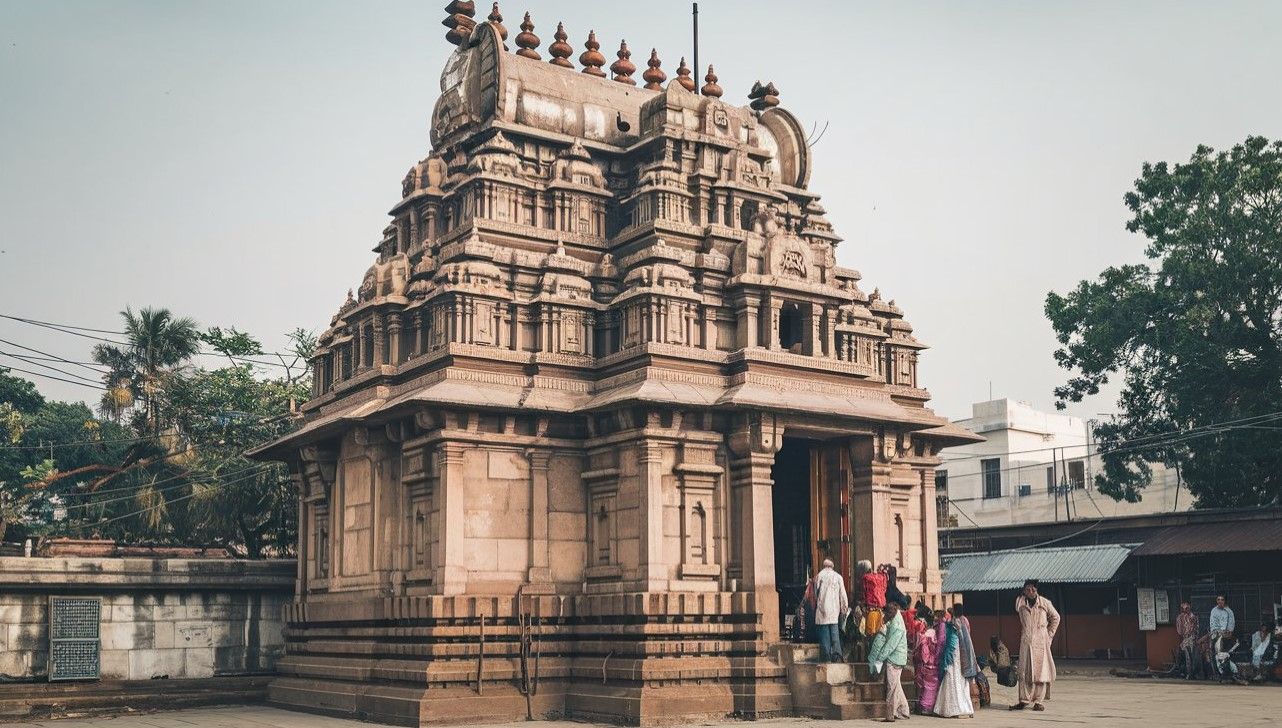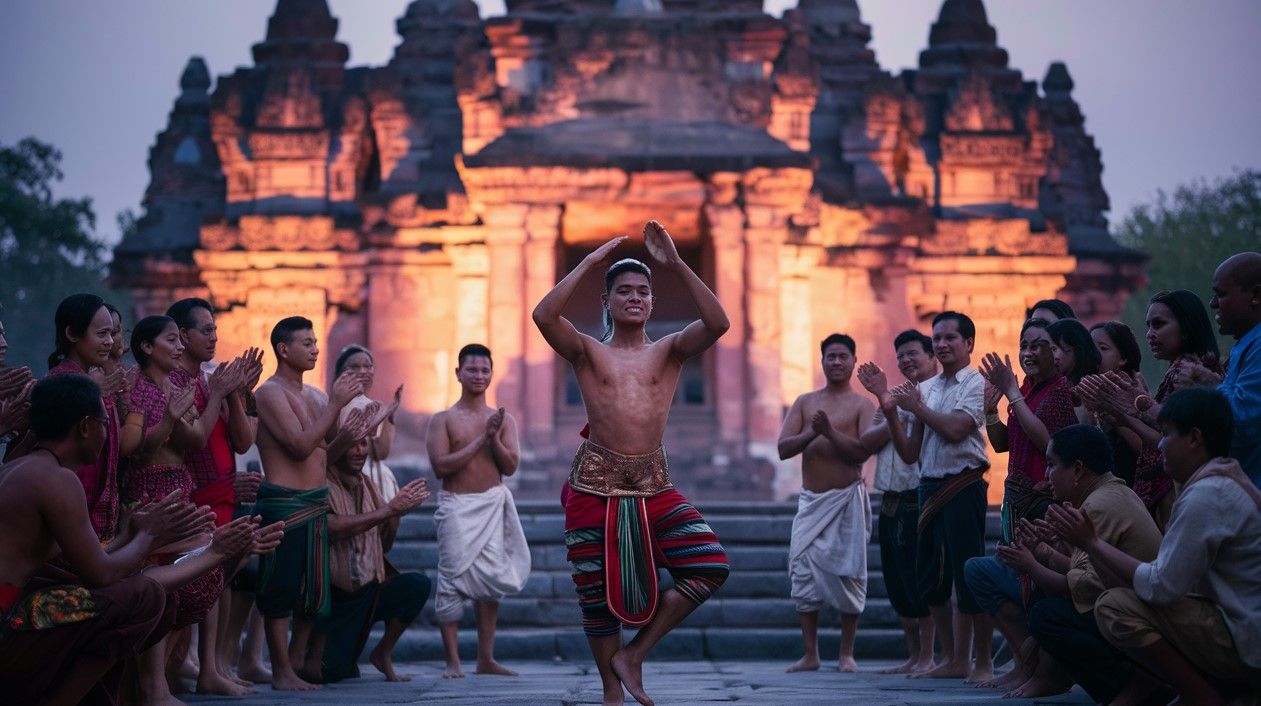Popular Culture: what it is, characteristics and examples
What is Popular Culture? Popular culture comprises the everyday ideas, attitudes, and products that are prevalent within a society, acting as a reflection of its people’s shared values and experiences. This cultural expression extends beyond...












